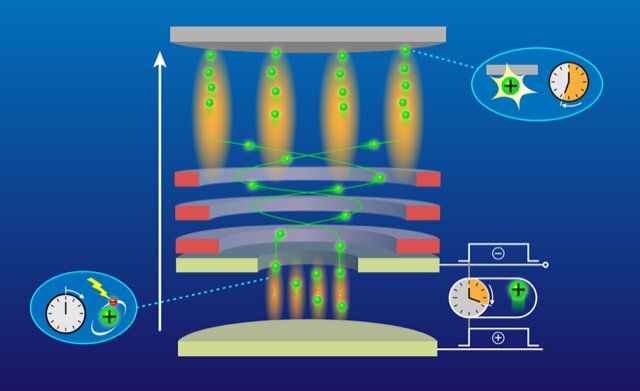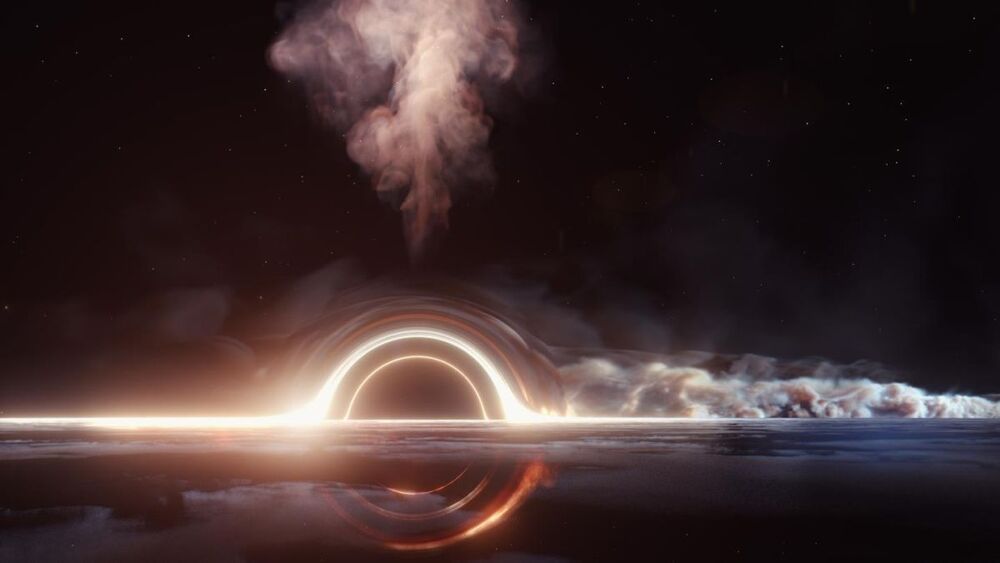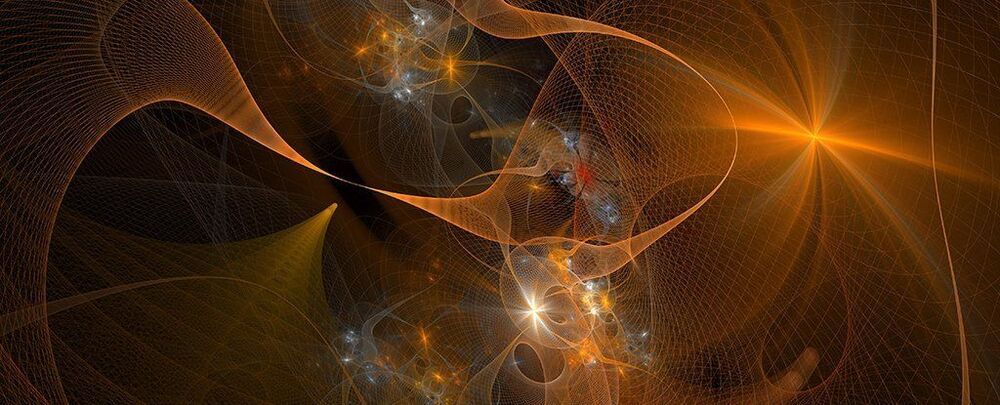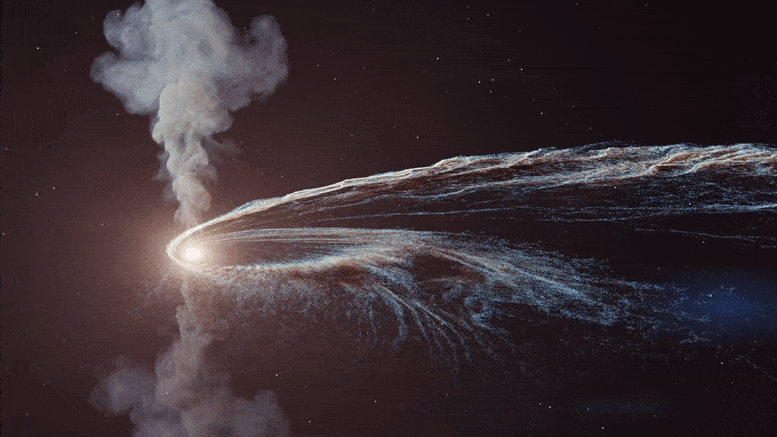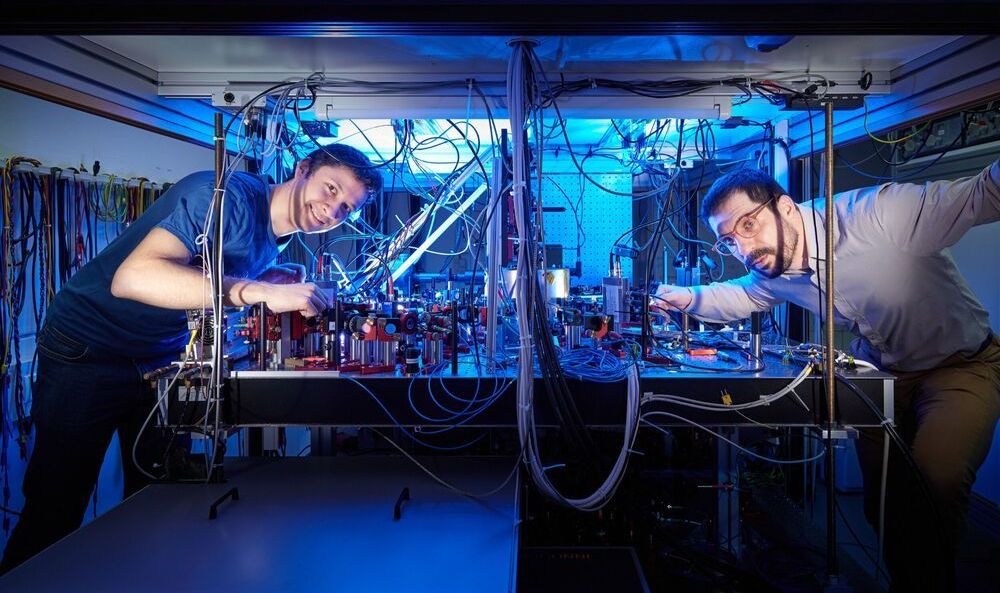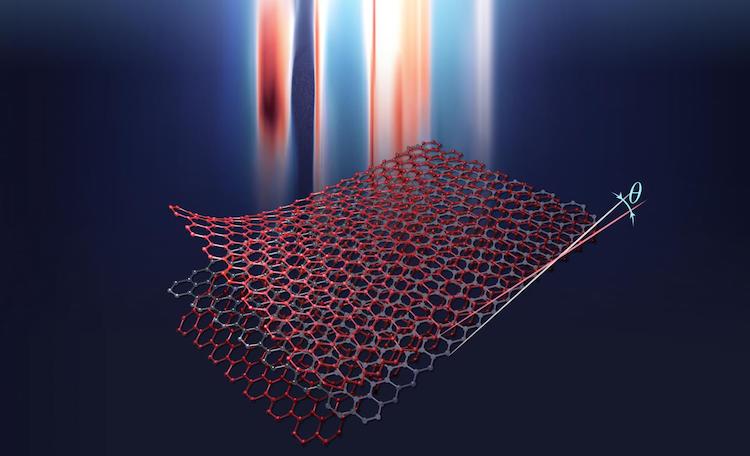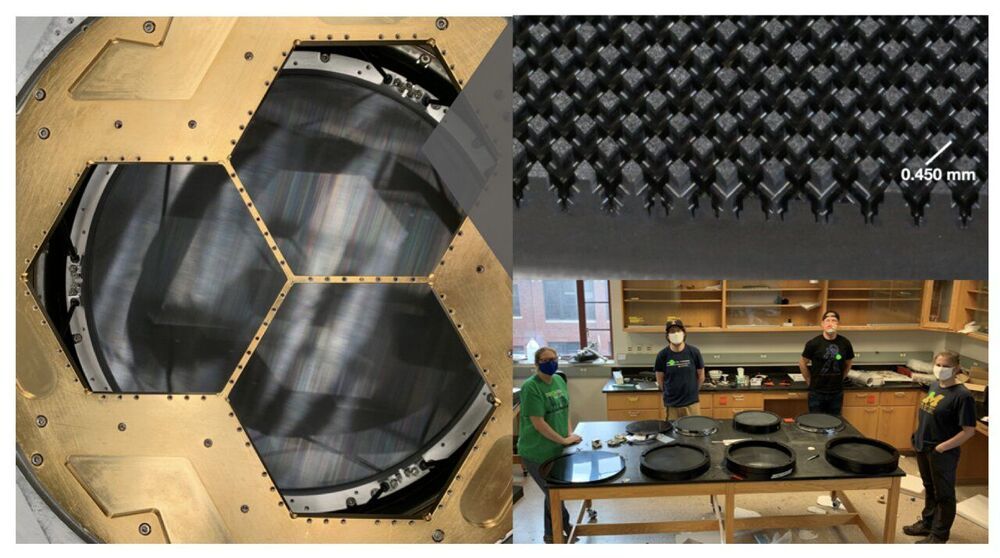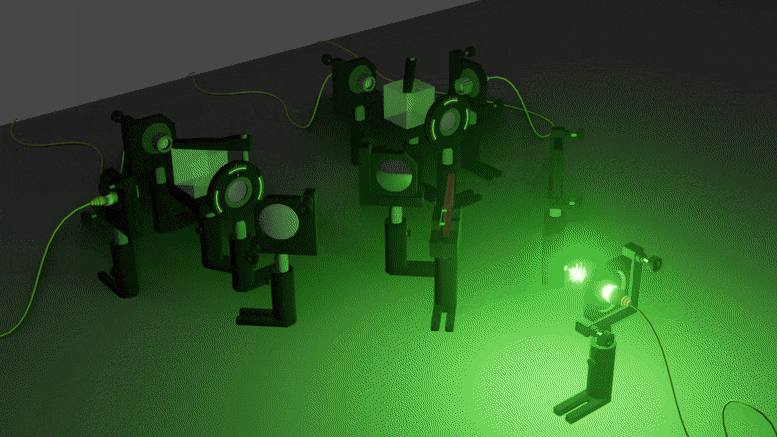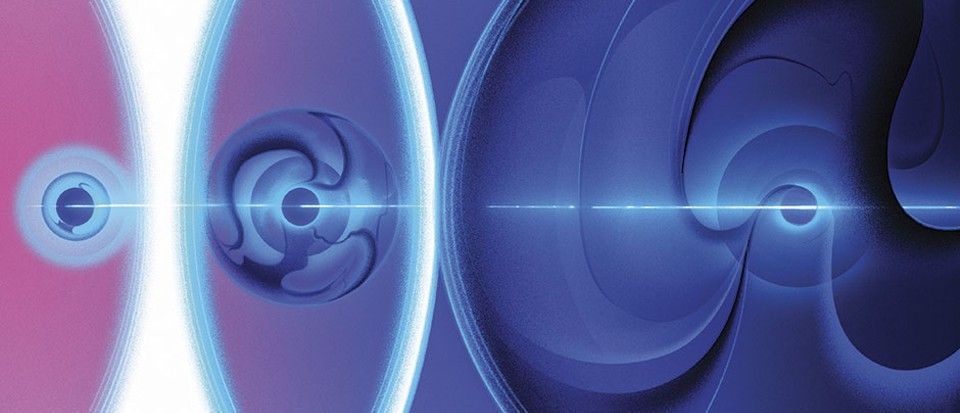Feb 23, 2021
Ion-optics-based quantum microscope can image individual atoms
Posted by Saúl Morales Rodriguéz in categories: particle physics, quantum physics
A team of researchers at Universität Stuttgart has developed an ion-optics-based quantum microscope that is capable of creating images of individual atoms. In their paper published in the journal Physical Review Letters, the group explains how they built their microscope and how well it worked when tested.
